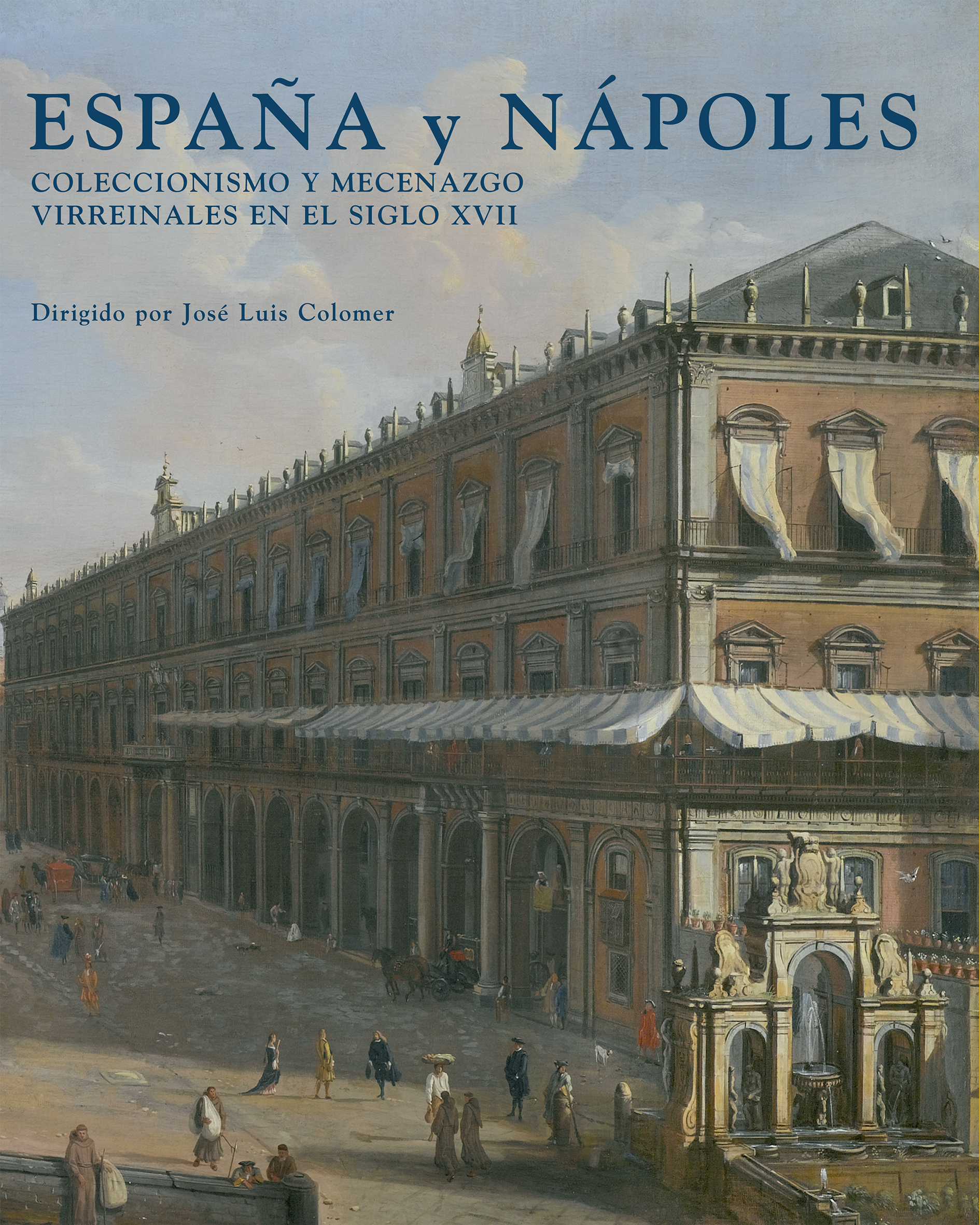Author
José Luis Colomer (dir.)
Characteristics
530 pages; 354 color illustrations; hardcover with jacket; 24 x 30 cm
Publication
Spanish, English and Italian; with the collaboration of the Italian Embassy, the Istituto Banco di Napoli Fondazione, Ansaldo Breda España and RESI Group; 2009
ISBN
978-84-934643-7-0
Price
€62,50
Buy on our site and save 5% until January 5 (Coupon code: NAVIDAD 2025)
During the 17th century the Spanish viceroys of Naples promoted a continuous flow of Italian art treasures to the collections of the Crown, following orders received from Madrid or pursuing their own wish to oblige the king. They themselves followed the pointers of royal art patronage by bringing architects, painters, sculptors and goldsmiths into the service of the viceregal court, and also of the palaces and religious foundations that they had built in Spain.
Twenty-five specialists address in this volume the role of the leading viceregal patrons of art in the Seicento napoletano and study different facets and episodes of their collecting activity, exploring the use and function of the art they patronised in the courtly, ceremonial or diplomatic context of the age.
This collection of essays shows how the arts were an instrument for the needs of prestige, magnificence or representation of viceregal power, and also the product of the close institutional and clientship links that the Habsburg dynasty created with Naples during the last century of Spanish dominance in Italy.
José Luis Colomer holds a PhD in Comparative Literature from the University of Bologna and a degree in Art History from the Sorbonne. He currently directs the Centro de Estudios Europa Hispánica and the Center for Spain in America. His research addresses cultural relations between Spain and Italy in the seventeenth century through diplomatic agents and the exchange of gifts of artworks between the European courts and Spanish kings and queens, as well as Velázquez’s second journey to Rome and his connections with prominent Italians at the court of Madrid.
“A magnificently produced volumen”, Craig Felton, The Burlington Magazine
“Imponente miscellanea […] un lavoro ambizioso e delicato”, Francesco Cotticelli, Drammaturgia

